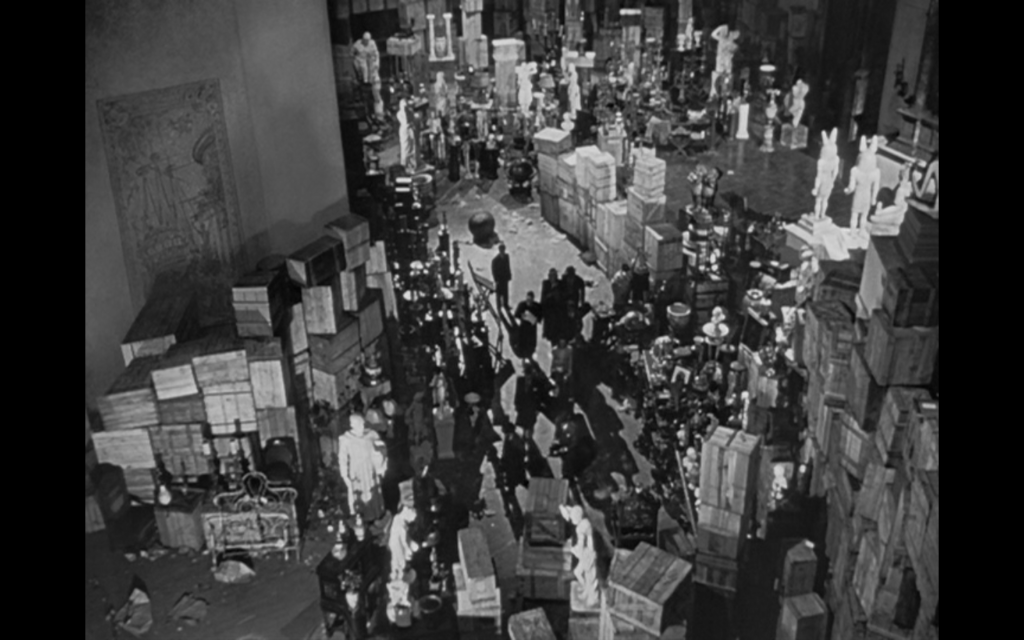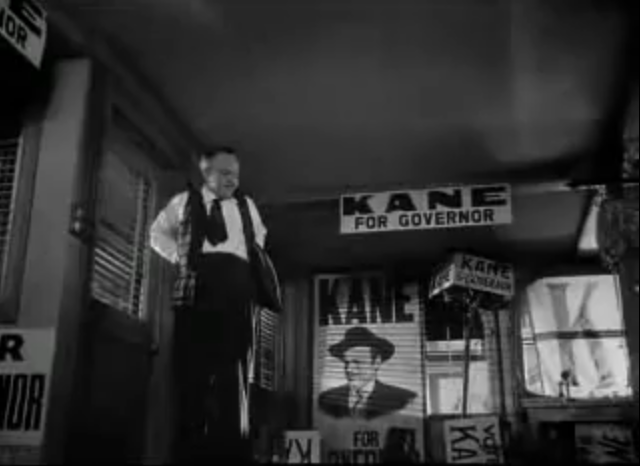| Film Roles | Influences | Movement influence | Genre |
| Director | Alfred Hitchcock (Psycho) Ari Aster (Hereditary) | French New Wave | Horror |
| Editing | |||
| Cinematographer | Psychological Horror |
All posts by Cianan M
Filters
portfolio progress
| Film Roles | Planning | Shooting | Editing |
| Director | Done | Done | In progress |
| Editor | Done | In progress | Not started |
| Cinematographer | Done | Not started | Not started |
| Film Chosen | Moonlight |
| Time Signature | 24:58 – 29 minutes 38 seconds |
| Sequence / Scene description | Juan arrives at his drug “spot” where he stays to deal drugs with his partner, he then spots a car parked at his spot and Juan suspects that it is rival drug dealers, he approaches the car to find Paula and a man smoking crack, Juan confronts Paula and Paula then leaves with the man, the scene then changes to Paula screaming at Chiron. |
| Micro Elements | Sound, Cinematography,mise-en-scene, |
| Macro Element | Auteur theory, |
marking examples
Do the Right thing (2) – Marks: 26/28
Days of Heaven – Marks: 16/28
Water – Marks: 27/28
Do the right thing – Marks: 18/28
Auteur Theory
The Auteur Theory is the idea that the director is viewed as the major creative force in motion picture, the way the director creates meaning and influence through the use of the camera is seen to be an important factor in story telling.
what makes citizen kane one of the greatest films of all time?
Citizen Kane follows the life of Charles Kane as he progresses through his life from a child to his eventual death, the film also shows Charles Kane’s power struggle as his success soars in his early life and eventually crumbles later in his life. The film is debated as the greatest film of all time due to its excellence in cinematography and groundbreaking ideas.

The Cinematographer for Citizen Kane was Gregg Toland, the cinematography Tolnd used was revolutionary in the world of cinema as he implemented new creative shots and cinematic techniques. At the start of Citizen Kane Toland uses an impossible tracking shot to move from inside the house to Charles Kane who is playing in the snow outside, he does this by moving the camera through an open window while maintaining a steady and smooth shot, this was achieved by placing the camera on a table and moving it closer to the window. Toland also used deep focus in Citizen Kane, which was rare in cinema due to its complexity, the use of deep focus allowed Toland to focus the audience’s attention on certain characters whether they are close or far from the camera, during this scene the audience’s attention was focused on Charles Kane as he played in the snow while his parents were having a conversation.

Another example of cinematography in Citizen Kane is the use of low and high angle shots, by using high angle shots Toland was able to capture the landscape of an entire area or room, in the final scene this technique allowed the audience to gain insight into the environment the characters are in and what they see. The high angle shots also helped with the understanding of Charles Kanes wealth as the high angle shots showed the immense size of Charles Kanes home and conveyed the message that Kane was extremely successful and rich.

The best example of low angle shots in Citizen Kane is when Charles Kane loses his election for Governor, in the scene the lighting is dim which creates a dismal tone, the low angle shot shows that Kane is still a dominant character even in his time of sadness. The low angle is positioned at a distance which isolates Charles Kane from the audience and expresses his view compared to the rest of society; he looks down on others as if he is king.
Another great aspect of Citizen Kane is the symbolism used in the film to create meaning. In the film Toland and Welles put thought into the scenes that show the visuals supplement the verbal narrative. Charles Kane seems to be in need of love throughout his life despite his success and wealth, it is shown that he is unable to achieve love because of his seperation from his parents by his foster father, who was cold and calculating and also always put money before people. As a result of this Kane grew up to be the same as his foster father as he finds it difficult to find love. His hobby of collecting European statues relates to his lack of love as they seem to give his personal fulfillment to compensate for his loneliness.
film making intentions
What techniques from Citizen Kane are being used?
Impossible track shot & Chiaroscuro lighting
Location
Dark corridor inside school
Subject (Who’s in the scene)
Will Syvret as he walks down the corridor and is illuminated by the light.
What specific meaning are we trying to achieve as part of storytelling
In Citizen Kane various shots and techniques are used to convey meaning. We are using an impossible track and chiaroscuro lighting as it focuses the audiences attention on the subject by keeping them in the center of the frame while illuminating them.
Question c: reflection on collaboration in the core production team
The scene our group chose was ideal for us as there was only three of us in our group and the scene could be replicated with less actors as the scene focuses mainly on one characters dialogue and the other actors facial expressions. For our scene we needed to copy the busy and crowded office that is shown in the movie, we did this by having Olly play as two characters, in one scene Olly plays as a worker with his back to the camera as he is waiting by the lift as Bradley (Protagonist) leaves the lift to go to the office, Olly played as this character as well as a office worker to give the illusion that the office was busy and consisted of more actors than we actually had. As a group we decided to take turns with the cinematography as we all had to act in different scenes, this allowed us to implement new ideas for ways in which we can film our scenes. In our film we used tracking shots, still shots, high angle shots, medium shots and medium close up shots. If our group was to redo the scene again, I would retake the shots of our expressions to make them more believable for the audience and I would refilm some shots that are out of focus.
Question b: justification of creative work in one chosen film production role
For our creative work my group decided to use “The Wolf of Wallstreet” as our film of choice. We decided to use this film as it is a non-fiction movie which allows us to copy its backgrounds and settings, this movie was ideal for us as we were able to replicate the office setting and costumes in our chosen scene. Our group decided to use the scene when the protagonist Jordan Belfort has his first caller at his new job at “The Investors Centre”, this is the first time in the film when we see Jordan Belfort earning money for himself rather than his Wallstreet company and can be seen as a significant scene in the movie as it is the beginning of Jordan Belfort’s greed and love for money which eventually consumes him and is one of the main reasons for his downfall near the end of the movie. The scene we chose is filled with shocked and surprised expressions from the surrounding actors as the protagonist continues his phone call, the scene also uses a variety of different shots such as shot reverse shot, medium close up shots, medium shots and wide shots. This scene is the first glimpse at how the other workers at the insurance centre begin to admire Jordan and decide to follow him as he builds his career throughout the movie.
